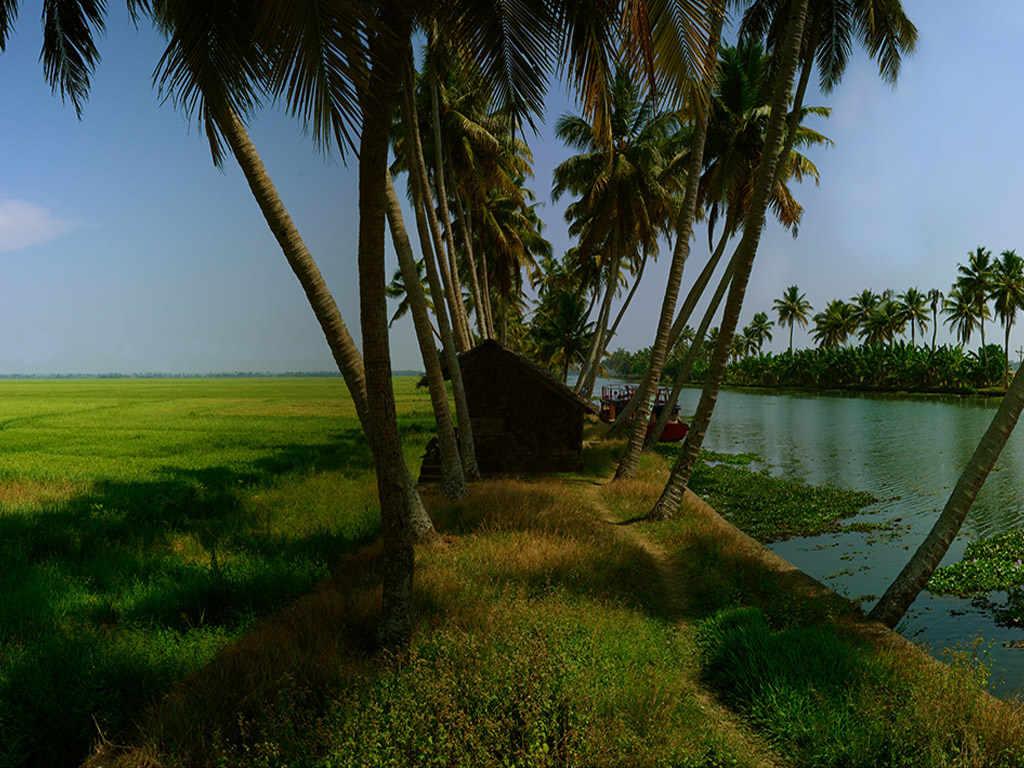

Sarpakavus - groves specially meant for snakes - had been, for ages, an integral part of most traditional dwellings of Kerala. Hinduism reveres snakes and so it was customary to set apart some land, not too far from the house, exclusively for snakes.
It was forbidden to kill the snakes or to destroy the flora of the groves. This meant that the land would gradually become a mini jungle. Medicinal plants were commonly seen. The gigantic trees and thickly grown shrubs and vines that harboured a a variety of poisonous and harmless snakes used to give the groves a foreboding appearance.
Inside the grove, a snake shrine would be built for the serpent god who, it was believed, would bring prosperity to the family. Apart from the occasional prayers and ritualistic feeding of milk to the snakes to please the serpent gods, human interventions in these ecosystems were practically nil. Thus, the religious beliefs indirectly promoted the conservation of natural resources.
These groves played a significant part in preserving the biodiversity and ecological balance of the neighbouring areas. The Government and the Forest Department have come up with a lot of programmes to spread awareness of this particular role of the Sarpakavus.
Though many have perished, Sarpakavus, symbols of man’s peaceful co-existence with Nature and his fellow creatures, can still be found in about 14 locations in Kumarakom. Naaga pooja (worshipping of snakes) is still common in the temples of Kerala as well as that of Kumarakom.
 Temples and Festivals in Kumarakom Temples and Festivals in Kumarakom | Schools in Kumarakom  |